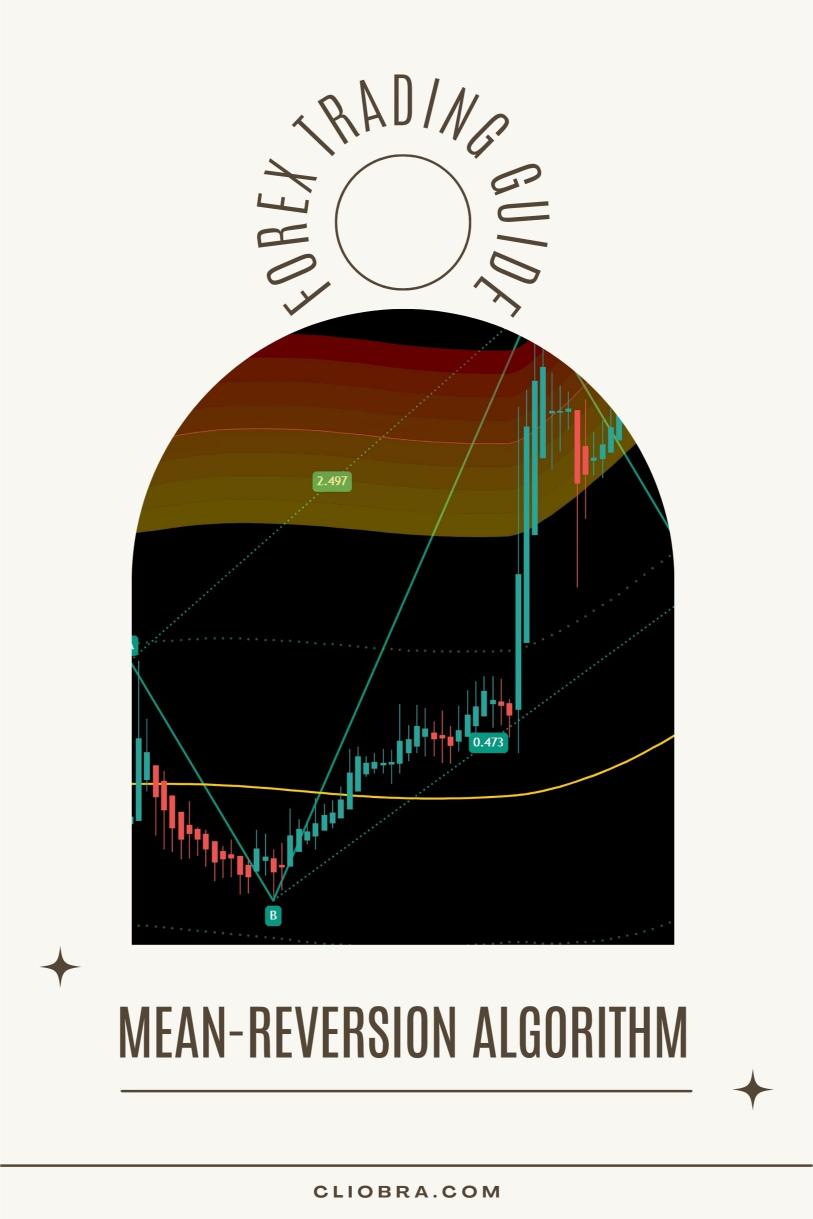Last Updated on February 18, 2025 by Arif Chowdhury
Are you tired of unpredictable Forex markets?
Do you find yourself wondering how to harness those market swings to your advantage?
Let’s dive into the exciting world of mean-reversion algorithms.
This strategy can help you capitalize on price movements, turning market volatility into profit.
What is Mean-Reversion?
Mean-reversion is based on a simple premise: prices tend to return to their average over time.
When a currency pair deviates significantly from its historical average, it’s likely to revert back.
This is powerful because it gives you a systematic way to identify entry and exit points.
Here’s a quick rundown of mean-reversion:
- Price Fluctuation: Currency prices fluctuate due to market sentiment, news, and economic data.
- Historical Average: Each currency pair has a historical average price, which can be calculated over various time frames.
- Reversion: When prices stray too far from this average, a reversion is expected.
Why Use Mean-Reversion in Forex?
The Forex market is notorious for its volatility.
In fact, studies show that currency pairs can experience swings of 100 pips or more in a single day.
This means there’s plenty of opportunity for a savvy trader to profit.
But how do you optimize a mean-reversion algorithm to make the most of these moves?
Steps to Optimize Your Mean-Reversion Algorithm
- Choose the Right Indicators
Use indicators like Bollinger Bands or the Relative Strength Index (RSI) to identify overbought or oversold conditions.- Bollinger Bands: Look for price breaking through the upper or lower band.
- RSI: Values above 70 indicate overbought conditions, while values below 30 suggest oversold.
- Select Your Time Frame
H4 (4-hour) charts work well for mean-reversion strategies.
I’ve backtested my trading bots over 20 years, and H4 provides a sweet spot for balancing noise and trend clarity. - Define Entry and Exit Points
Set clear rules for when to enter and exit trades.- Entry: Buy when the price touches the lower Bollinger Band after an oversold RSI.
- Exit: Sell when the price reaches the moving average or upper Bollinger Band.
- Implement Risk Management
Always use stop-loss orders to mitigate risk.
You can set stop losses at a fixed percentage or based on volatility. - Backtest Your Strategy
Before going live, backtest your algorithm on historical data.
This helps you understand its performance in various market conditions.
My Trading Bots: A Game Changer
Now, let’s talk about the exciting part—my portfolio of 16 trading bots.
These bots utilize a mean-reversion strategy among other techniques to ensure robust performance.
Each bot is diversified across major currency pairs: EUR/USD, GBP/USD, USD/CHF, and USD/JPY.
Here’s how they stand out:
- Unique Algorithms: Each currency pair has 3-4 unique bots, minimizing correlated losses.
- Long-Term Focus: Designed to target 200-350 pips, they excel in longer-term trading.
- Proven Performance: My bots have been backtested under tough market conditions.
The best part? You can access this EA portfolio for FREE.
Statistical Insights
Did you know that approximately 70% of Forex traders fail within the first few months?
Using a robust strategy like mean-reversion can help you stay ahead of the curve.
Moreover, a well-optimized algorithm can increase your win rate significantly.
Some traders have reported win rates of over 60% with effective mean-reversion strategies.
Finding the Best Forex Brokers
To truly succeed, you need a reliable broker.
I’ve tested several and found some that stand out for their tight spreads and excellent customer support.
Check out my top recommendations for Forex brokers here.
Conclusion
Optimizing a mean-reversion algorithm can transform the way you trade Forex.
By understanding market behavior and implementing effective strategies, you can turn volatility into profit.
Don’t forget to leverage my FREE trading bots and choose a solid broker to maximize your chances of success.
Happy trading! 🚀
